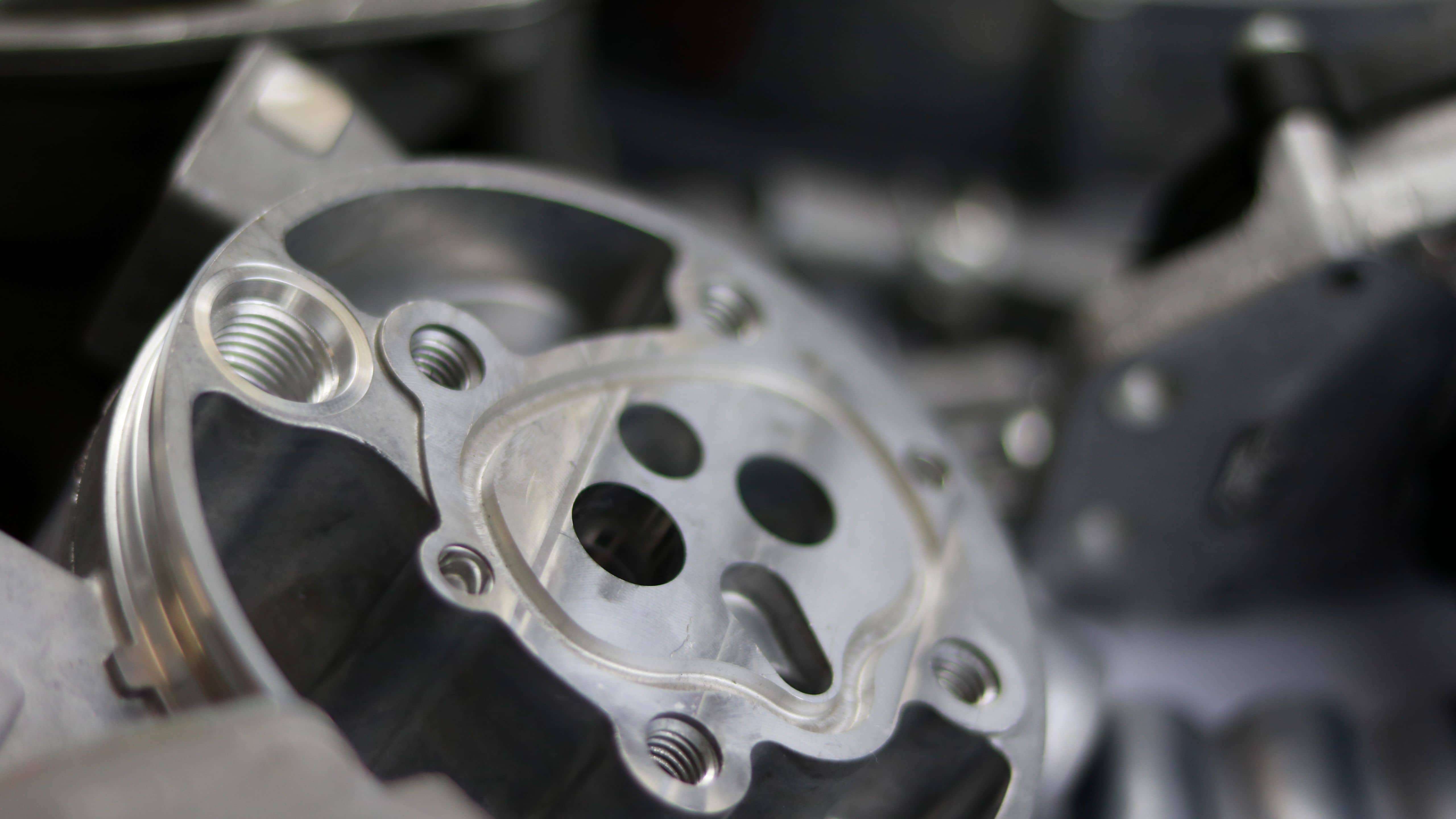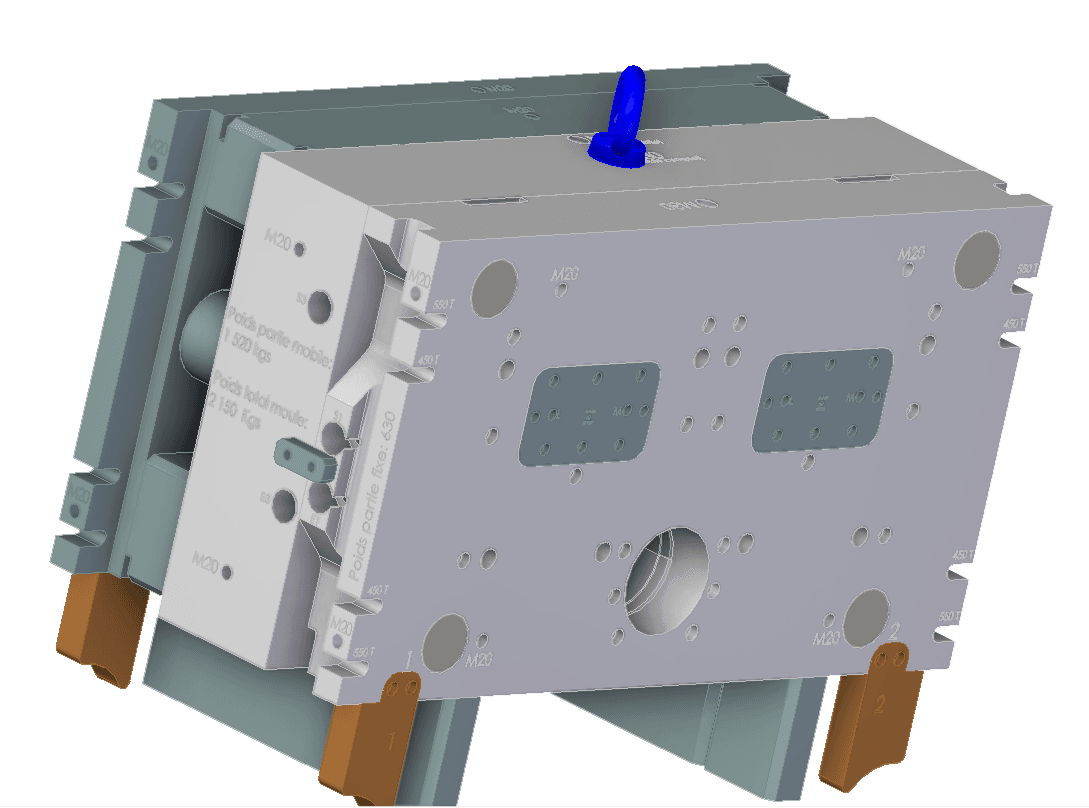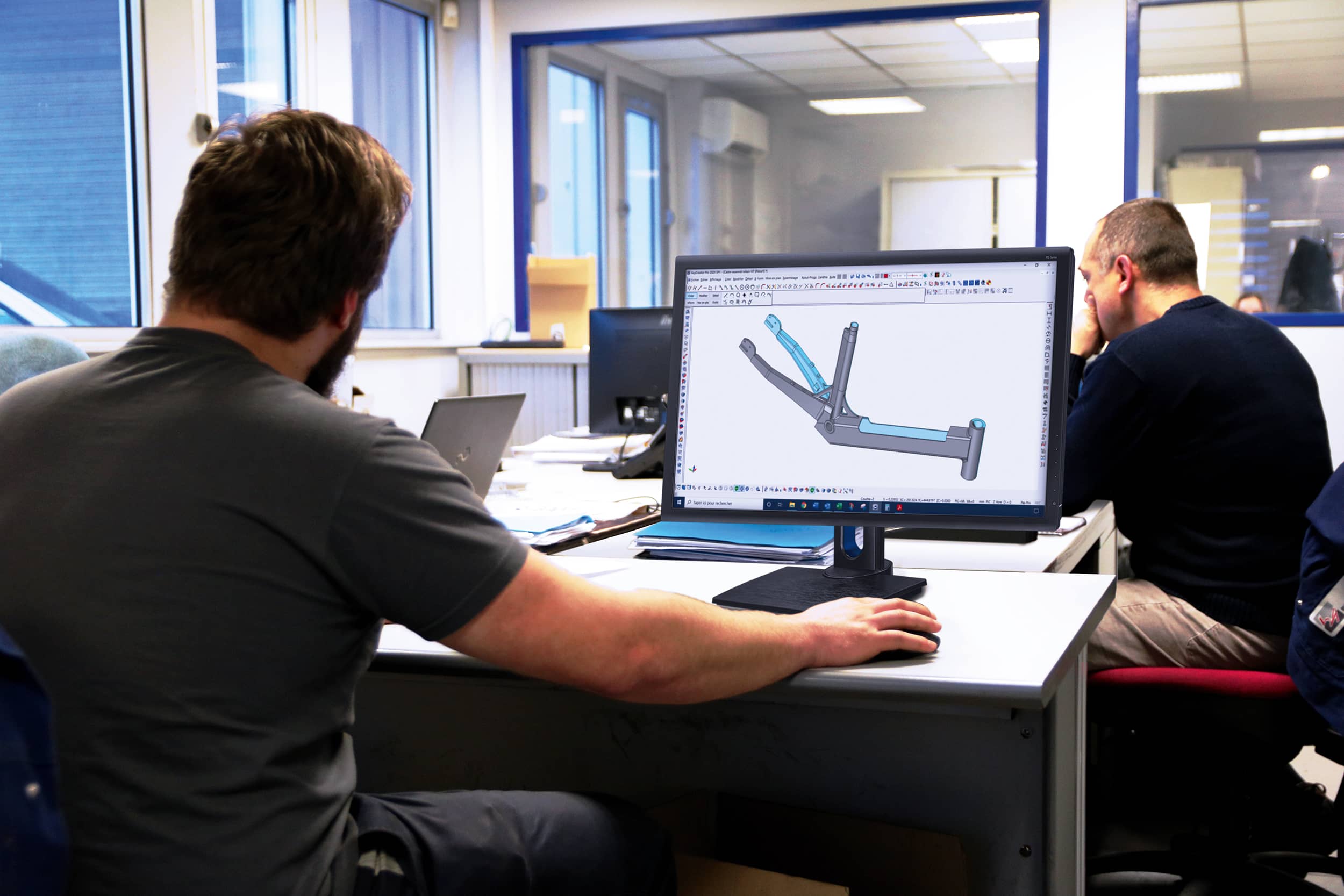Prototyping and small series Prototyping and small series
What is the best way to rapidly prototype a moulded component?
Engineers with some experience in die-casting may reflexively answer “rotational moulding” or “machining”.
A better answer, however, would be:
“high pressure die casting”..

Without a doubt. It turns out that the ideal way to prototype a casting is actually to die cast it.
While rotational casting and machining can produce great prototypes, neither process produces parts with mechanical properties that closely replicate those of a production die casting.
The reason for this is process-dependent differences in microstructure. Even when using the same or very similar metal alloys, each of these three prototyping processes produce parts with different grain structure and density. With die-casting in particular, the final microstructure of the part is highly dependent on the interaction of each casting alloy with the process conditions, tooling and part geometry.

High-speed CNC machining now makes it possible to create die casting tools much faster.
The use of 3D design and simulation software makes it much more accessible, with features such as automatic parting line detection, core and cavity tools, modern 3D CAD systems can reduce the engineering time required to design die casting tools from days to hours.
Die cast prototypes are the best solution whenever functional or fatigue testing is required.
Today, it is easy to have prototypes
and small series produced.
Our design office will assist you in the realisation or finalisation of your project.
It is able to guide you through all the steps and follows the whole process until your project is successful.
